Oslo is definitely an expensive city to visit. But that doesn’t mean you can’t visit on a low budget. We recently visited Norway’s capital for a long weekend and as usual, tried to get the best deals possible. Here are some top tips for free things to do in Oslo plus tips on keeping costs down and finding cheap eats.
- Top 10 Free Things to do in Oslo
- 1. Visit Vigeland Sculpture Park
- 2. Stroll around the Botanical Gardens
- 3. Discover the Murals of City Hall
- 4. Visit the Royal Palace
- 5. Climb to the roof of the Opera House
- 6. Wander along Damstredet
- 7. Explore Akershus Fortress
- 8. Join a Free Walking Tour
- 9. Karl Johans Gate
- 10. Ekerbergparken (Sculpture Park)
- Best Cheap Eats in Oslo, Norway
- How to Visit Oslo on a Budget
- More Oslo Travel Tips
Top 10 Free Things to do in Oslo
1. Visit Vigeland Sculpture Park
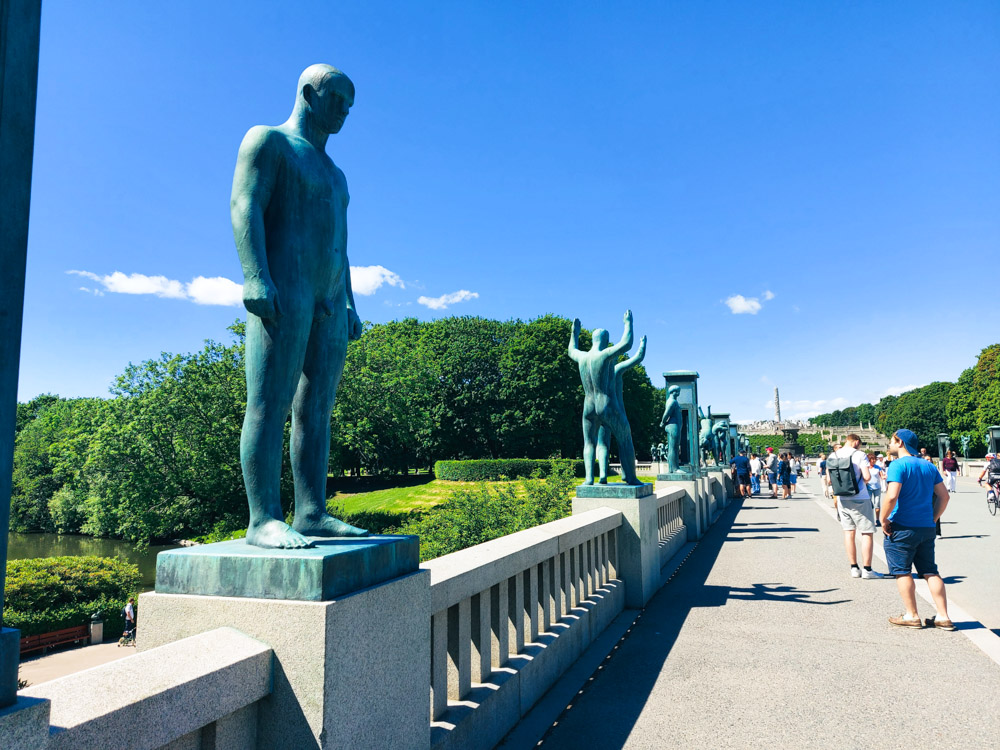
Vigeland Sculpture Park is part of the larger Frogner Park. The park includes around 200 sculptures created by the Norwegian artist, Gustav Vigeland, over 40 years. The sculptures were installed in the park in the 1940s. The sculptures are all based on the human form and show different stages of a person’s life.
The centrepiece of the park is the monolith – a huge stone column. This has the figures of 120 people carved into it, each clinging on to one another.
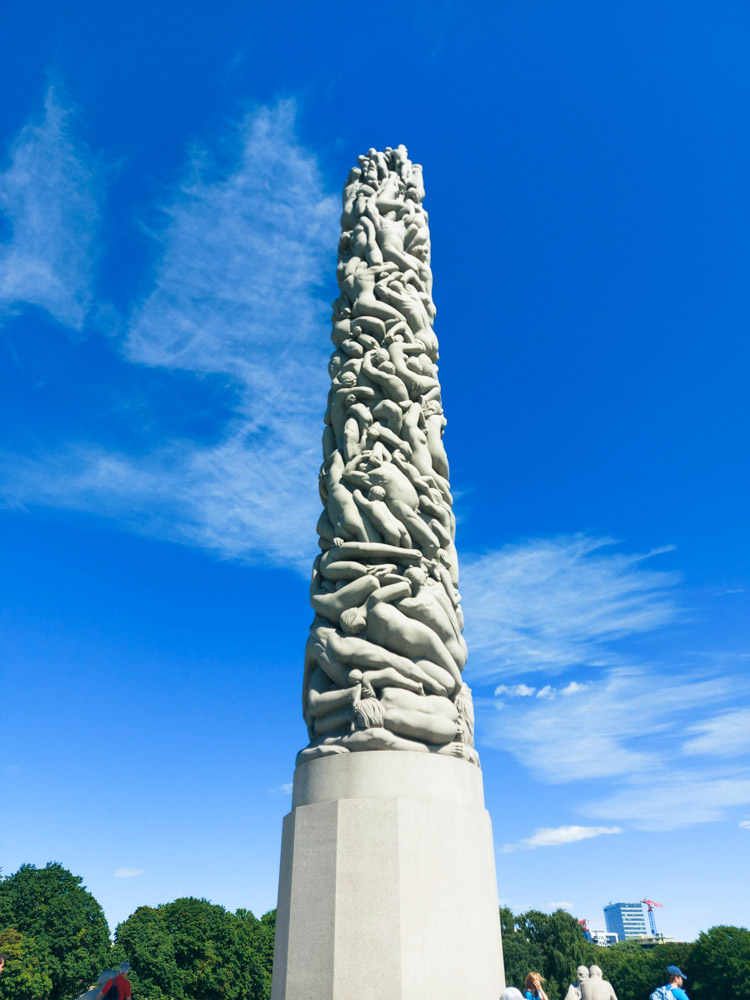
The park is always open and free to enter. In the summer it is also a popular spot for barbecues, sunbathing and games.
If you want to learn more about Vigeland and see more of his work, the Vigeland Museum is just opposite the park. It is open Tuesday – Sunday 10:00-17:00 and costs 100 Kr (approximately £8 or €9) to enter.
2. Stroll around the Botanical Gardens
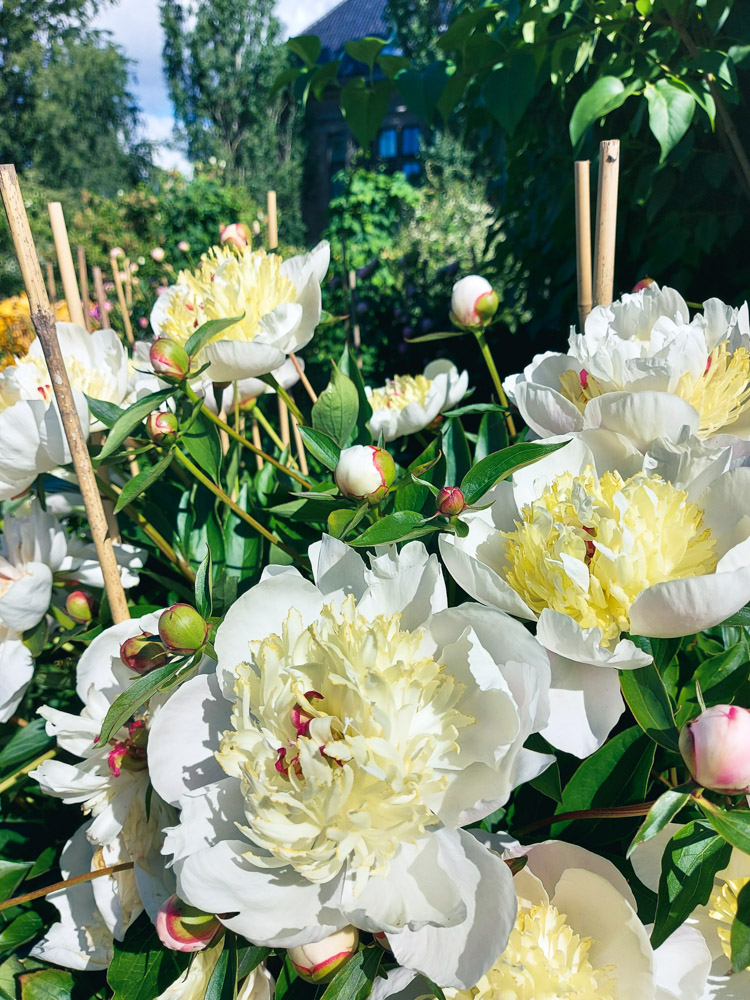
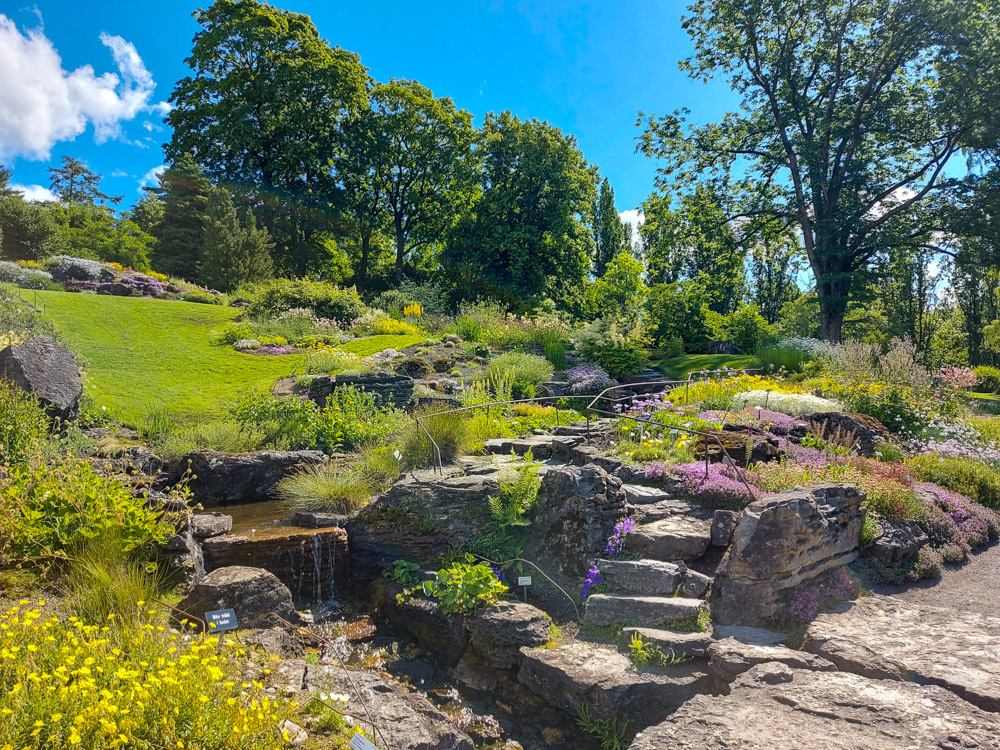
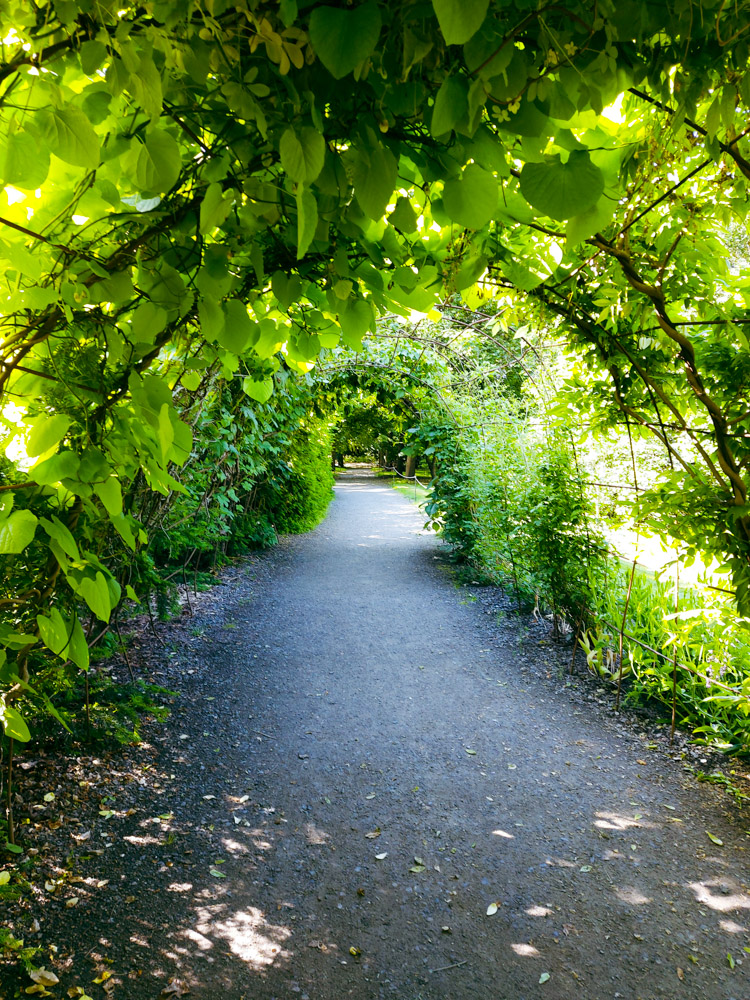
Oslo’s Botanical Gardens are free to enter and feature a variety of different curated gardens. The park covers a huge area and it can be easy to miss sections, especially if you don’t have long to spend there. The key ares not to miss out on are the Rock Garden, Viking Garden and Grandma’s Garden.
The Rock Garden is not just a collection of rocks as I initially pictured! It’s a luscious garden centered around a pond. There is a serene trickling waterfall and stepping stones to allow you to fully explore the area.
The Viking Garden is great for children. Flowers have been planted around the skeleton structure of a traditional viking ship. There are a few interactive features and activities too.
Grandma’s Garden had the most flowers. This area was designed as a sensory garden for people with Alzheimer’s.
The greenhouses in the garden are part of the Natural History Museum which is within the park. Entry to the museum is 150 Kr (approximately £11 or €13), although the outdoor gardens are free.
3. Discover the Murals of City Hall
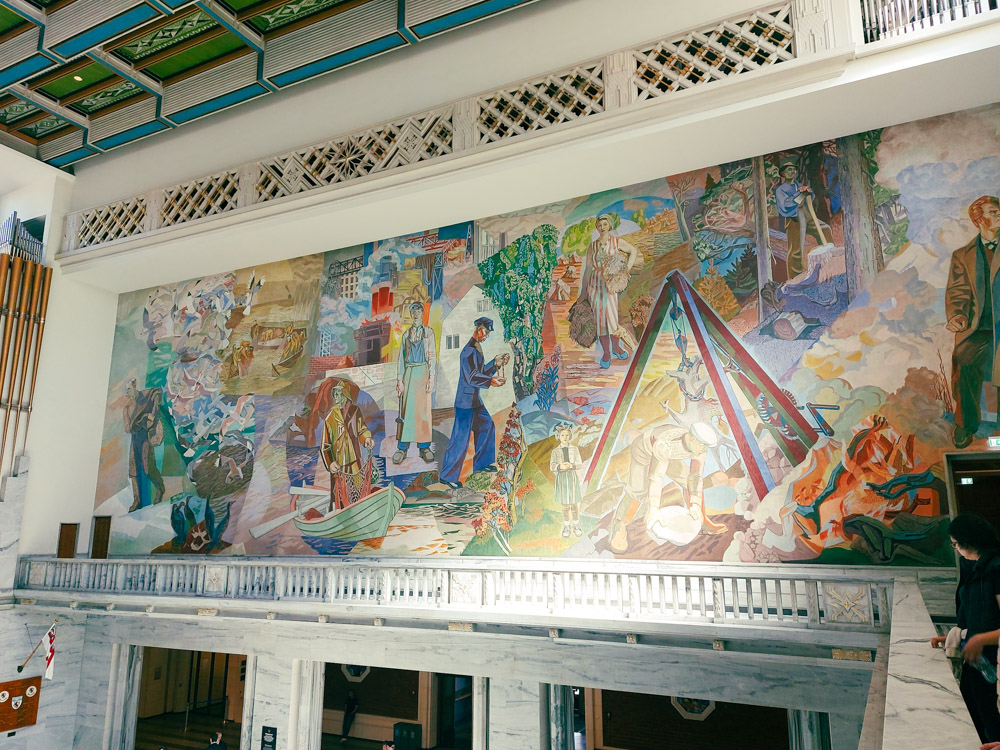
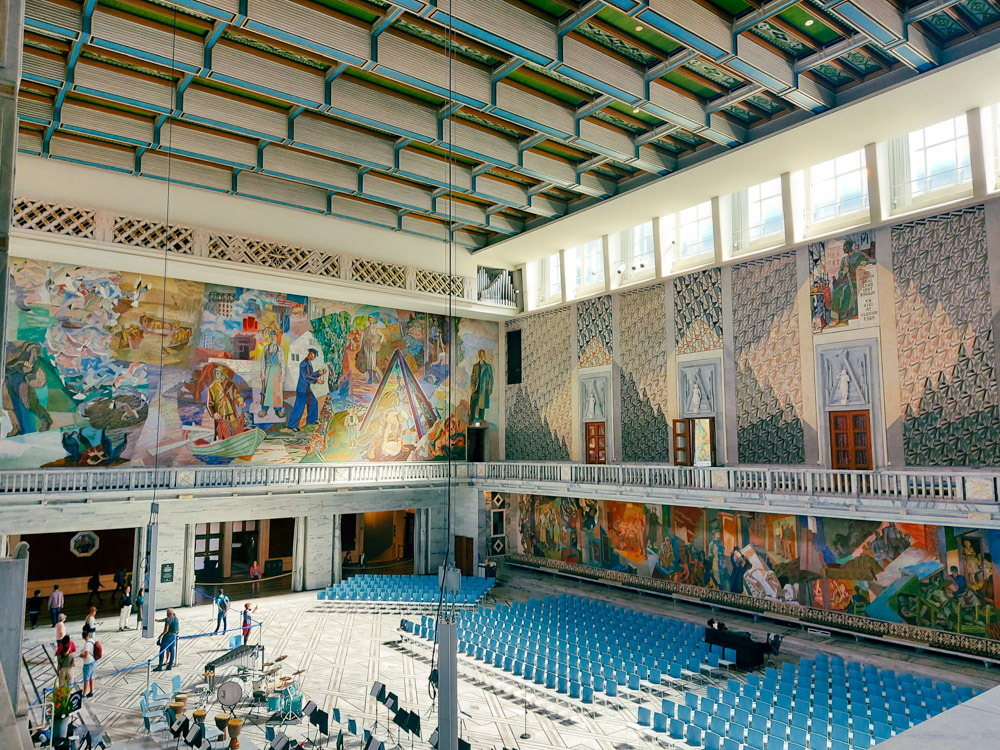
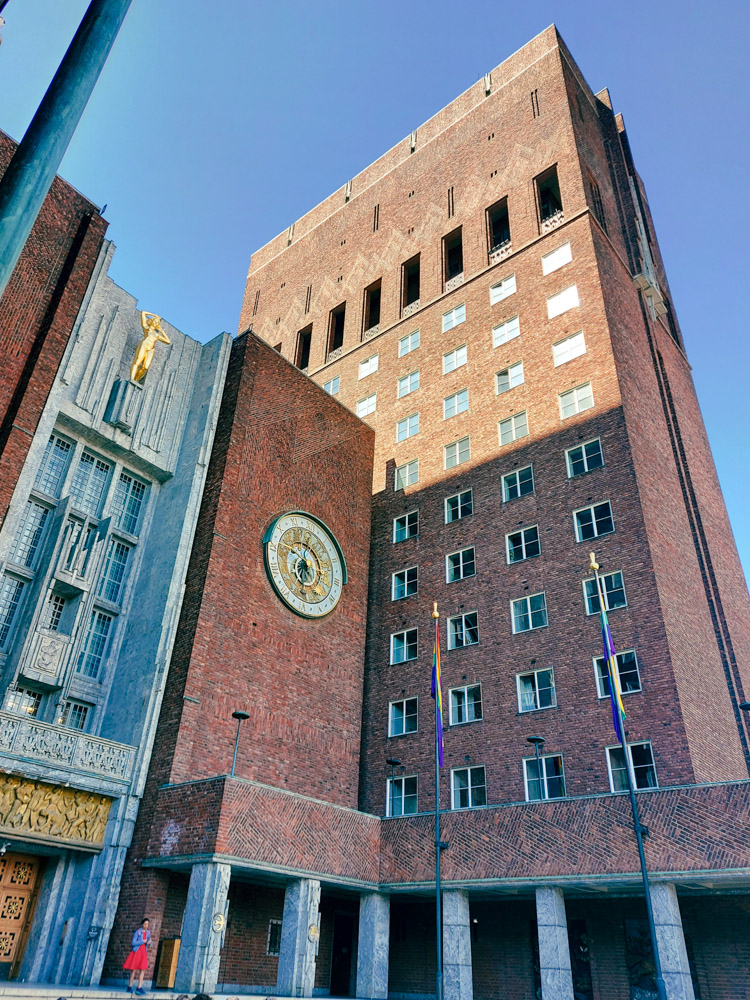
City Hall is free to enter, although sometimes may be closed for particular events. When we visited there was a protest outside and a wedding happening but we were still able to wander around most of the building.
Oslo’s City Hall is much more exciting than many other council buildings. Inside the walls are decorated with huge murals depicting the history and culture of Norway. In contrast to its exterior, the inside is grand and ornately decorated. I’d highly recommend peaking inside if you can.
4. Visit the Royal Palace
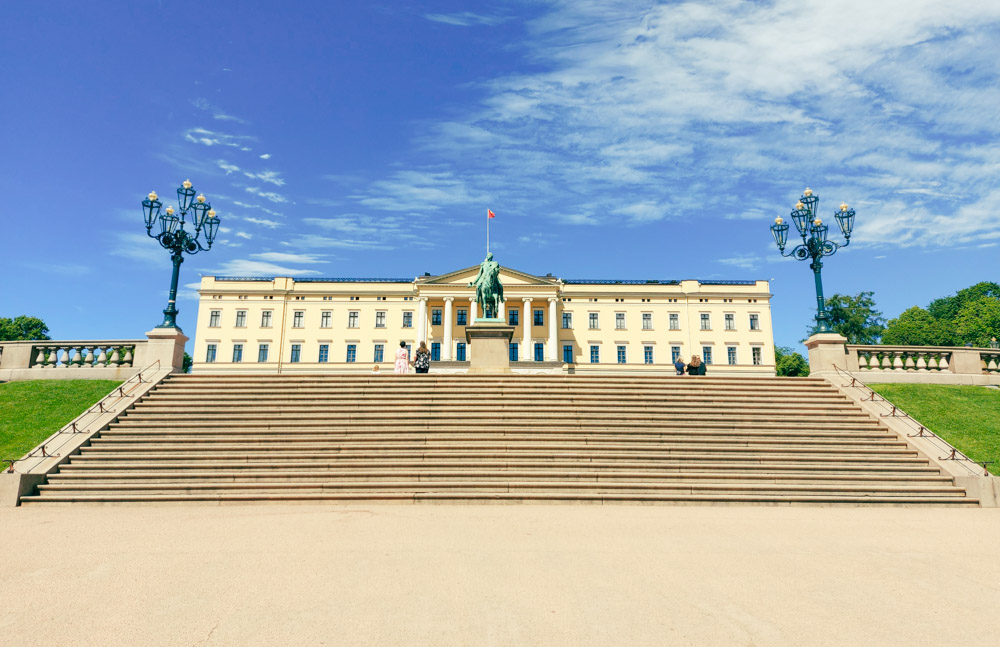
The Royal Palace is home to Norway’s King Harald and Queen Sonja. The grounds of the Royal Palace are free to wander around and you can get fairly close to the building itself. Occasionally guided tours are also offered of some rooms inside the palace too. Try to time your visit for around 13:30 to see the changing of the guards ceremony.
5. Climb to the roof of the Opera House
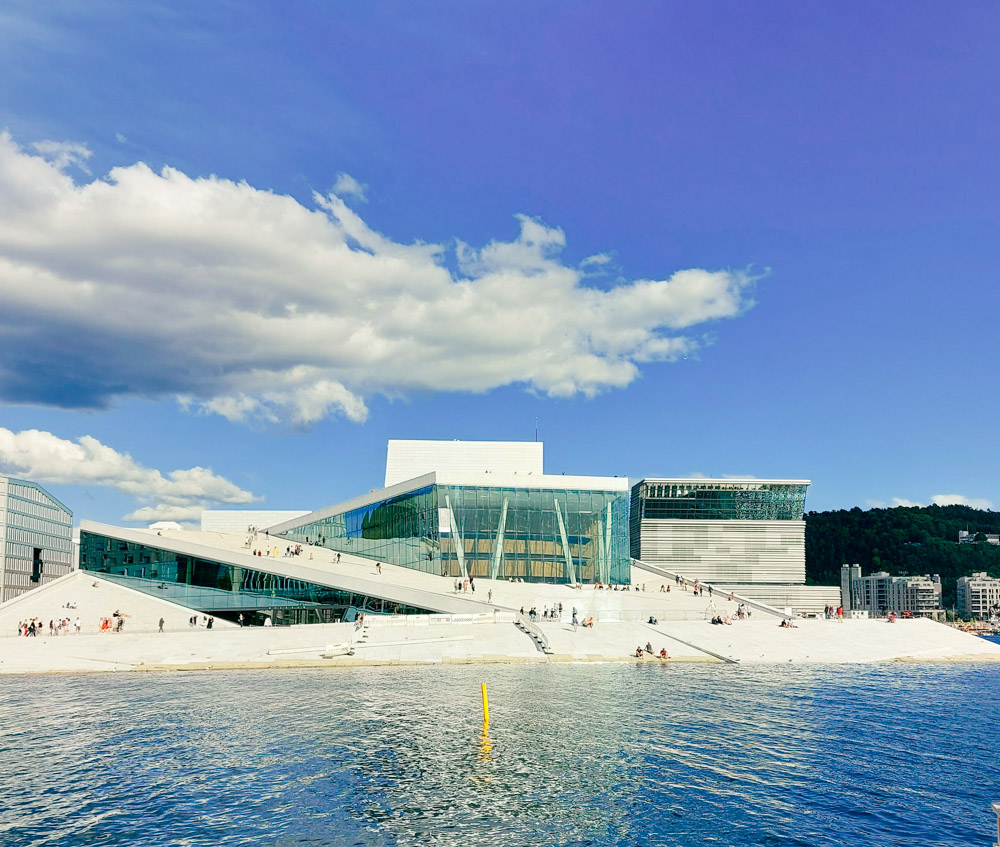
The Opera House is an iconic building along the waterfront. The unique structure creates a sloping roof that goes all the way down to the ground level. This allows visitors to freely walk on to the roof and take in the spectacular views from the top.
The inside of the Opera House is quite spectacular too. Even if you don’t want to go to an actual opera, its worth taking a look inside as well as walking up the outside.
6. Wander along Damstredet
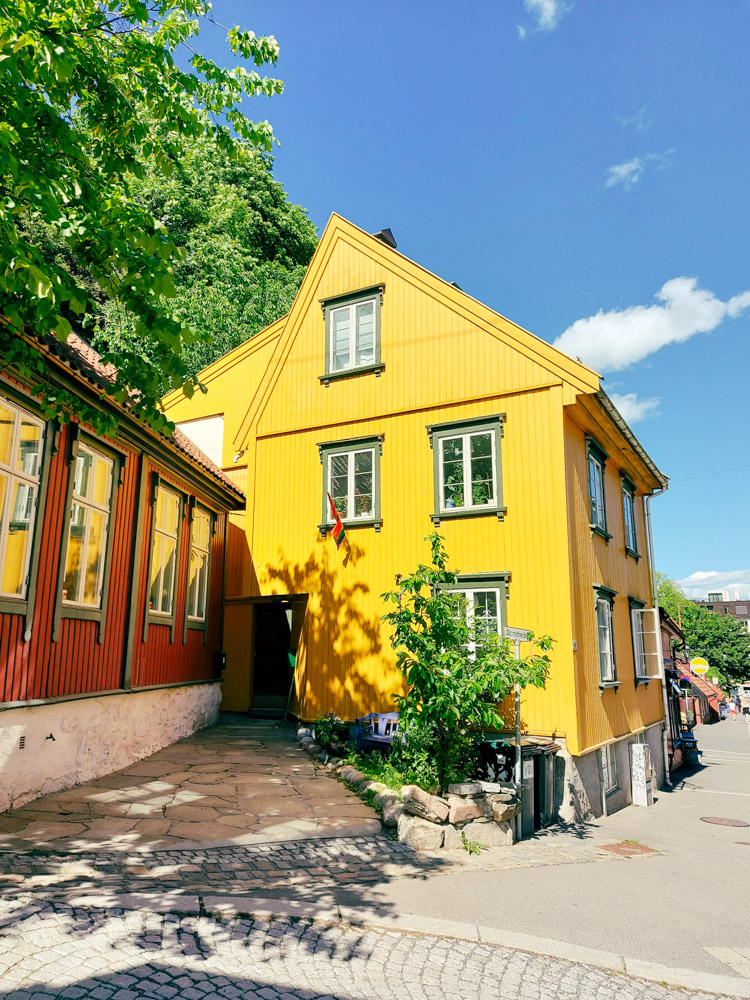
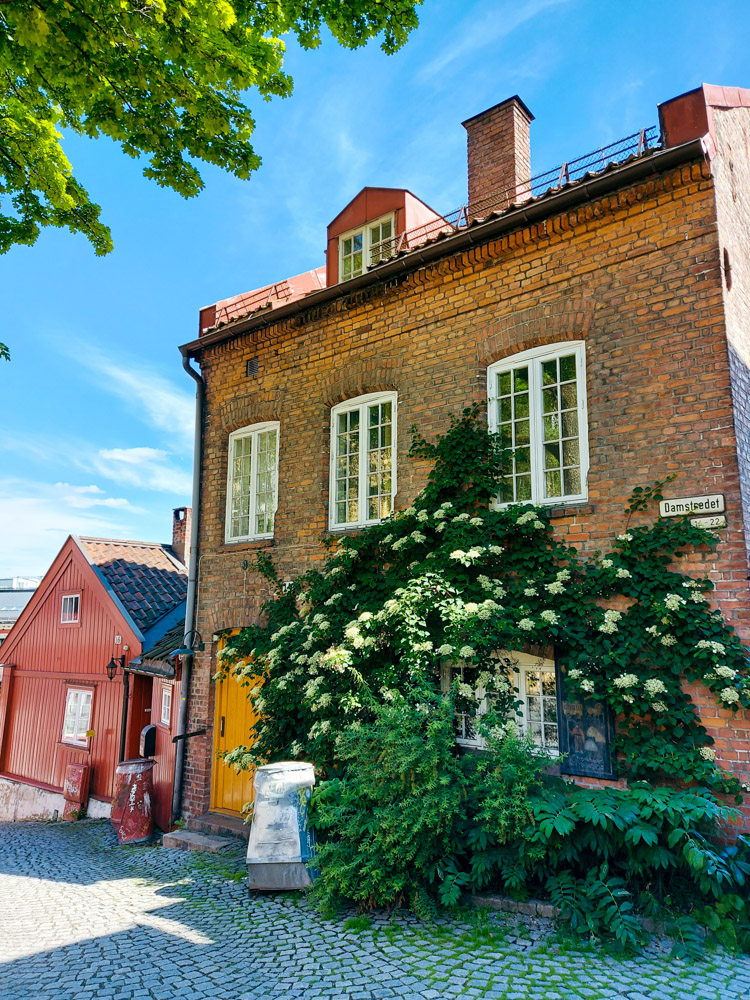
Damstredet is a small street in Olso which consists of traditional Norwegian houses. The houses were all built from wood in the 1700-1800s and are remarkably well preserved. Exploring this picturesque part of town is a great way to see some traditional Norwegian architecture without having to pay to visit a museum like the Folk Museum (although I do think the Folk Museum is definitely worth visiting!).
The colour of the houses on the street give hints about the families that used to live there. Traditionally poorer families painted their houses red as this was the cheapest and most widely available paint. The richest residents opted for white as it was expensive and required a lot of upkeep to keep pristine. Those in the middle of society tended to go for yellow.
7. Explore Akershus Fortress
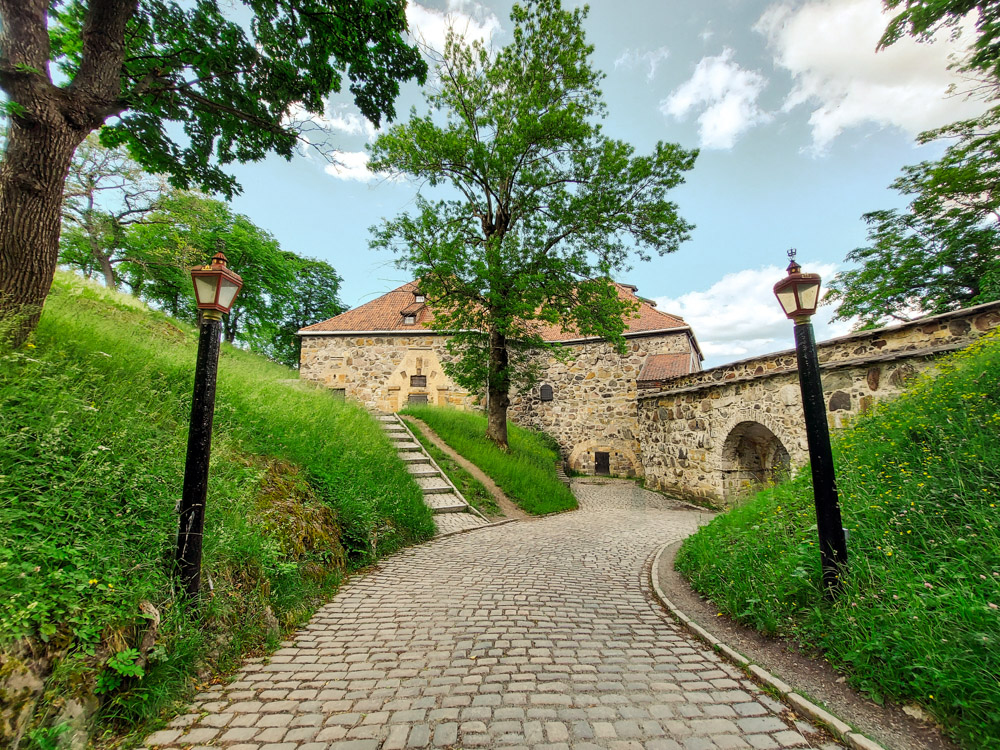
There is quite a lot going on within Akershus Fortress. There is a medieval castle, performance stage, visitor centre and Norway’s Resistance Museum. Not all of it is free. You enter the fortress and wander the grounds for free. There are a view great vantage points over the harbour from the walls. You can also explore the Visitor Centre for free. This has a small exhibit about the history of the castle and Queen Margaret and her family who lived there in the 1300’s.
Whilst Google states that the fortress is open until 9pm, I think this just refers to the grounds as the visitor centre closes at 5pm. If you would like to visit the museums whilst you’re there as well, they both cost to enter. The Resistance Museum shares the story of Norway during World War II, it costs 100 Kr (approximately £8 or €9) and is open 10:00-17:00. The castle also costs 100 Kr (approximately £8 or €9) and is open 10:00-16:00.
8. Join a Free Walking Tour
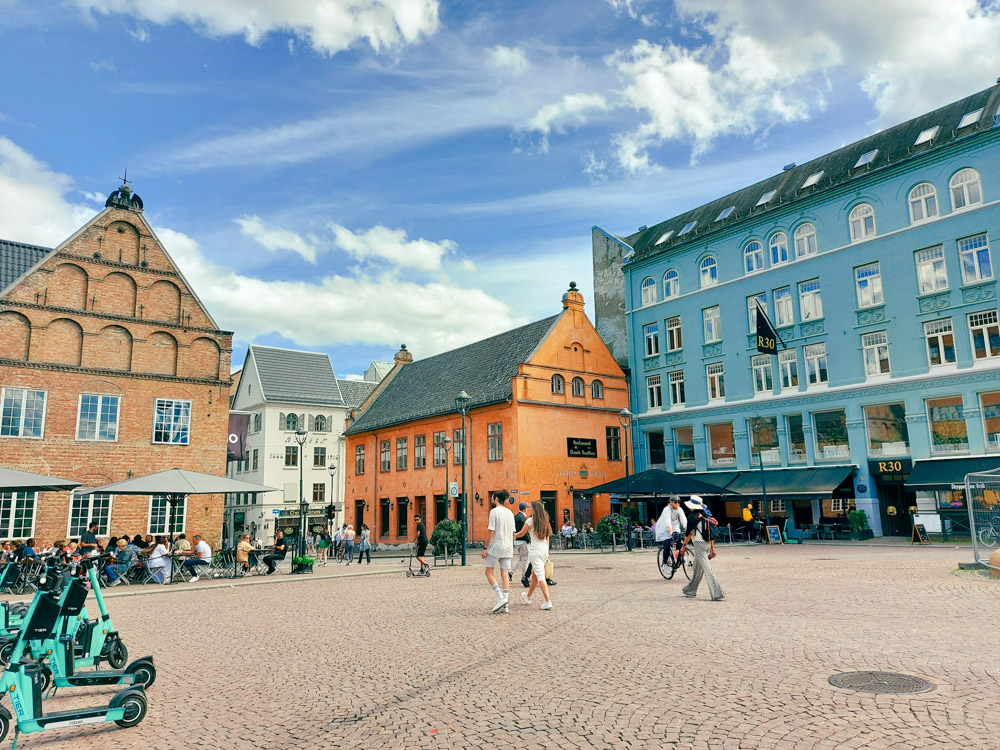
Walking tours are a fantastic way to explore a new city and learn about its history and culture. Although they are kind of free, they’re also kind of not. Most ‘free’ walking tours expect a tip at the end as a form of payment. However, this does mean you can take part for a relatively low cost as you can opt to pay whatever you can afford or feel it is worth.
The walking tour we joined was through Free Tour Oslo. Their tours run twice a day and are offered in English and Spanish. Our guide showed us around Jernbanetorget, City Hall, the National Theatre and many more places as well as telling us about the history and culture of the city. The guide also had a card machine which was super handy as it meant we didn’t need to get cash out throughout the entire trip!
9. Karl Johans Gate
Karl Johan’s Gate is not a gate but the main street in Oslo. It runs through the heart of the city, leading from Oslo Central Station up to the Royal Palace. It’s a super busy street, filled with both locals and tourists. Part of Karl Johan’s Gate falls within the shopping district with shops such as H&M, Zara, Gucci and Louis Vuitton either on the street or just off it.
Other notable buildings situated along Karl Johan’s Gate are the National Theatre, Norwegian Parliament and some university buildings.
10. Ekerbergparken (Sculpture Park)
Another sculpture park! Unlike the Vigeland Sculpture Park, Ekerbergparken features sculptures from a range of different artists. It is also open all day and free to enter.
The park is a little further out of the city, around a 30 minute walk from central station. It is set in a large wooded area so feels a lot more rural than Frogner Park.
Best Cheap Eats in Oslo, Norway
San Francisco Bread Bowl
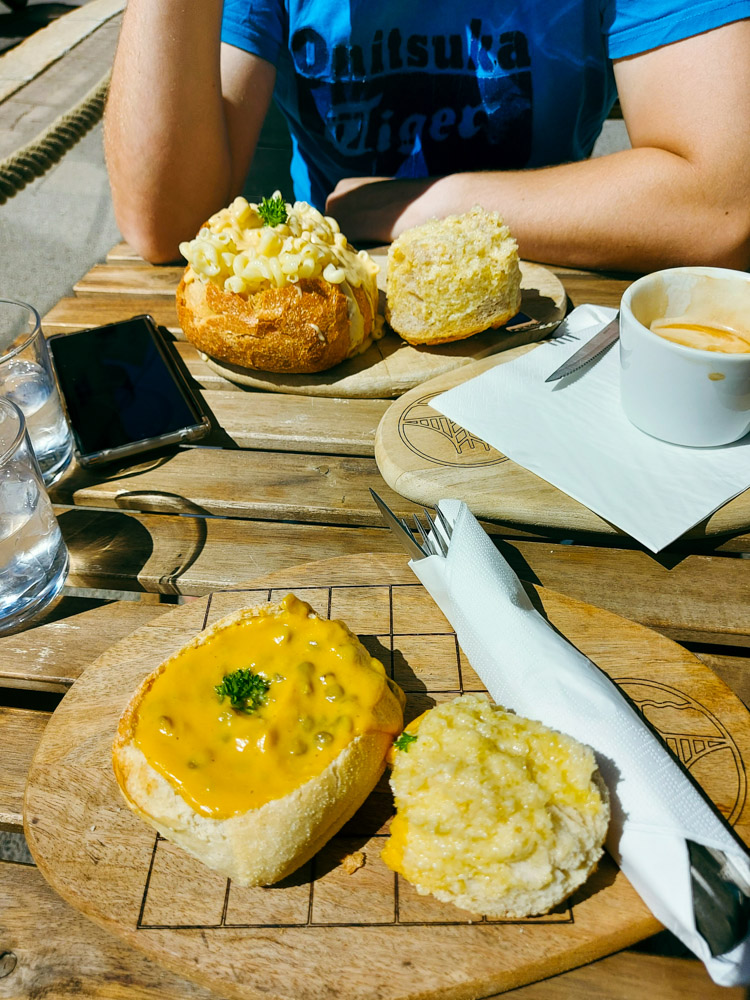
San Francisco Bread Bowl was probably by favourite meal that we had in Norway. The menu is super simple yet all the options sound delicious and there are a few vegan and vegetarian options. All meals are served within a bread bowl which you can then also eat. There are two size options – normal or baby. Baby was actually the perfect lunch portion for me! I didn’t see anyone finish the normal size – it is a lot of bread!
It’s not super cheap but by Norwegian standards the price really isn’t bad. Especially if you opt for the small size! Prices range between 79 Kr (approximately £6 or €7) for the cheapest small and 229 Kr (approximately £17 or €20) for the priciest large bowl.
Matthallen Food Hall
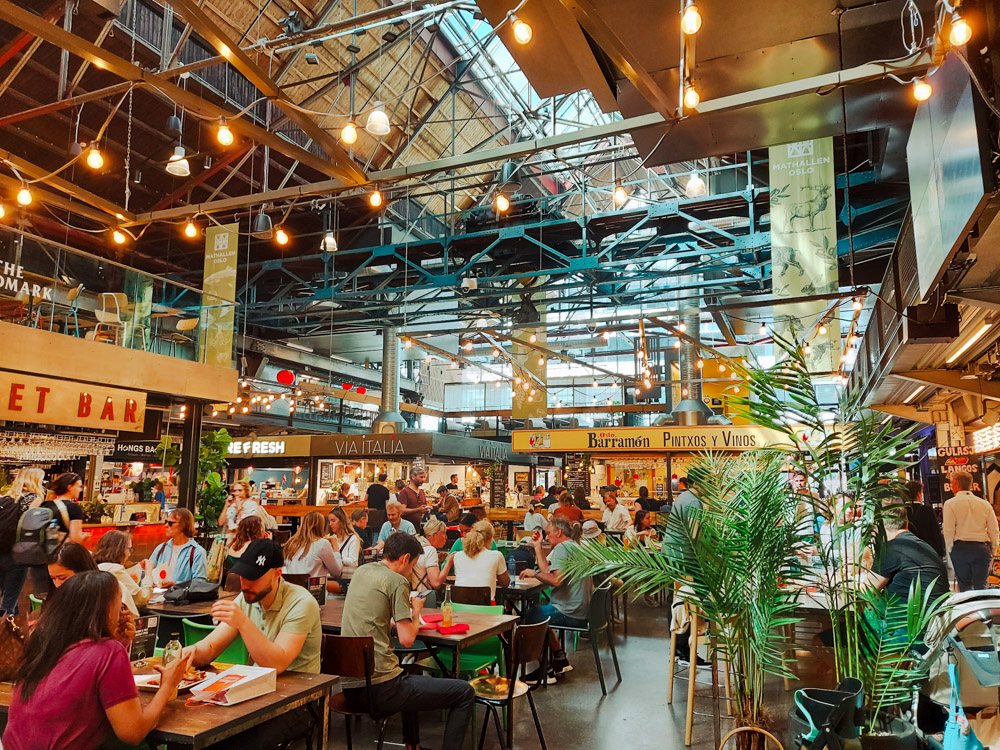
Matthallen has a very cool, up-and-coming vibe to the whole area. It is a huge food hall with a wide variety of cuisines. There are also some shops and stalls in the buildings surrounding it as well. Whilst we were there there was even a band playing outside. My favourite stall was the ice cream shop – Paradis Gelateria.
Street Food Vans
Outside the Nobel Peace Prize Museum by City Hall, there is usually a string of food vans. These offer delicious but affordable meals. Prices were a little higher than we were used to for food vans – but again, this is Norway. It’s still cheaper than most restaurants and the food was delicious. The food vans would be a great option for a quick bite for dinner before heading to more museums and attractions. Several museums are open until 9pm so it’s easy to do more sightseeing after dinner!
When we visited there was an Asian food van and a Greek food van. We opted for Greek and had some scrumptious gyros! Just watch out for the seagulls if you’re sitting outside to eat!
Nordvegan
As well as being a great pun, Norvegan also offers great vegan food. The restaurant operates as a canteen/deli style with food laid out on the counter for you to select what you would like. Because of this the menu changes regularly. You can also pick and choose what elements you would like and build up your own meal, so you have the option to make it cheaper for yourself.
Villa Food Hall
Villa is a similar food hall to Mathallen but with slightly fewer options. It is hosted in an old warehouse by the harbour. It feels a little more temporary or unfinished compared to Mathallen but still lots of different cuisine options to chose from.
Tacos
Tacos may seem an odd choice for Oslo but Taco’s are actually one of the most popular foods in Norway. This is because when Norwegians found oil, they needed help from Texans to extract it. The Texans brought over their favourite food as well as their oil-drilling knowledge. Norwegians were particularly taken with tacos and now there are taco restaurants all over the capital!
How to Visit Oslo on a Budget
Finding Cheap Accommodation in Oslo.
If you can be flexible with your dates it might be worth looking for when cheap accommodation is available first. We actually only booked our accommodation the week before we departed (very last minute for me!) but managed to find a fantastic deal on an AirBnB. This was so cheap I almost thought it was going to be a scam – the only other AirBnB’s available that weekend for the same price were a campervan or literally a tent in the woods.
We got lucky, but we definitely could have got a better deal if we had booked further in advance – so don’t really on a last minute deal! Here are some of the cheapest hotels in Oslo to start your search:
Airport Transfers
If you haven’t booked your flights to Oslo yet, I strongly recommend getting flights to Oslo Gardermoen Airport, rather than Oslo Torp Airport, if you have the choice. Gardermoen is only around 20 minutes by public transport from the city centre. Torp on the other hand, can take 2 hours to reach by public transport. If you’re only staying for a short amount of time, like a long weekend, this extra transfer time can really eat into your stay!
When leaving the Gardermoen Airport to reach the city, do not take the Flytoget Express train. Instead take the local R10 or R11 train. They both depart from the same part of the airport and both go to Oslo central station. Both take around 20 minutes. Yet, for some reason the Flytoget train is twice the price!
Don’t drink alcohol
Like most things, alcohol is super expensive in Oslo. If you really want to cut costs on your trip, cut out the booze. Even if you usually just have one or two drinks with your dinner, it will quickly add up with Norway’s prices! There is so much to see in Oslo that you really don’t need to drink alcohol to have a good time.
Consider getting the Oslo Pass
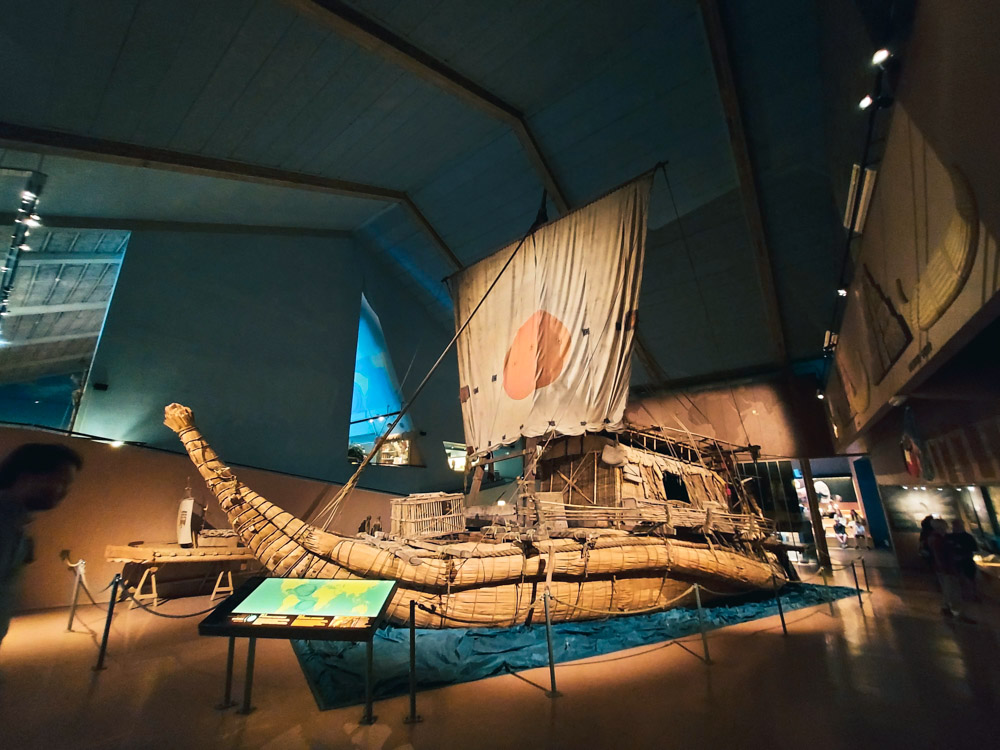
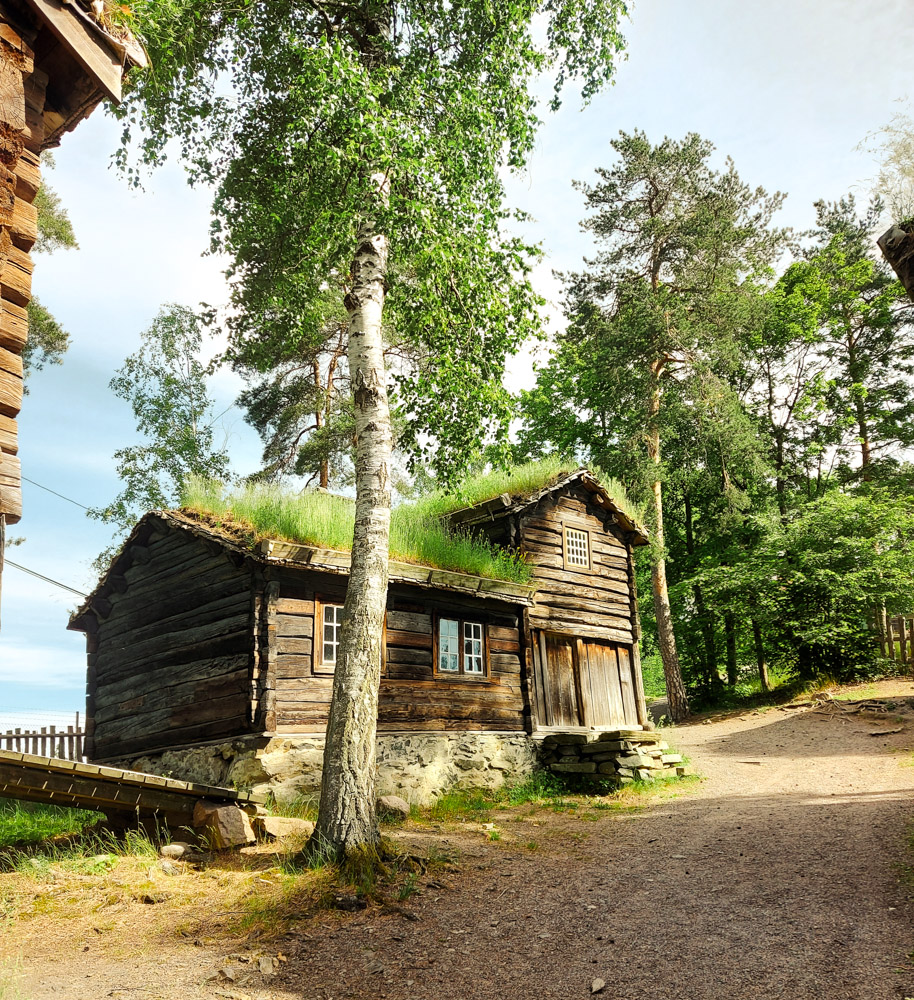
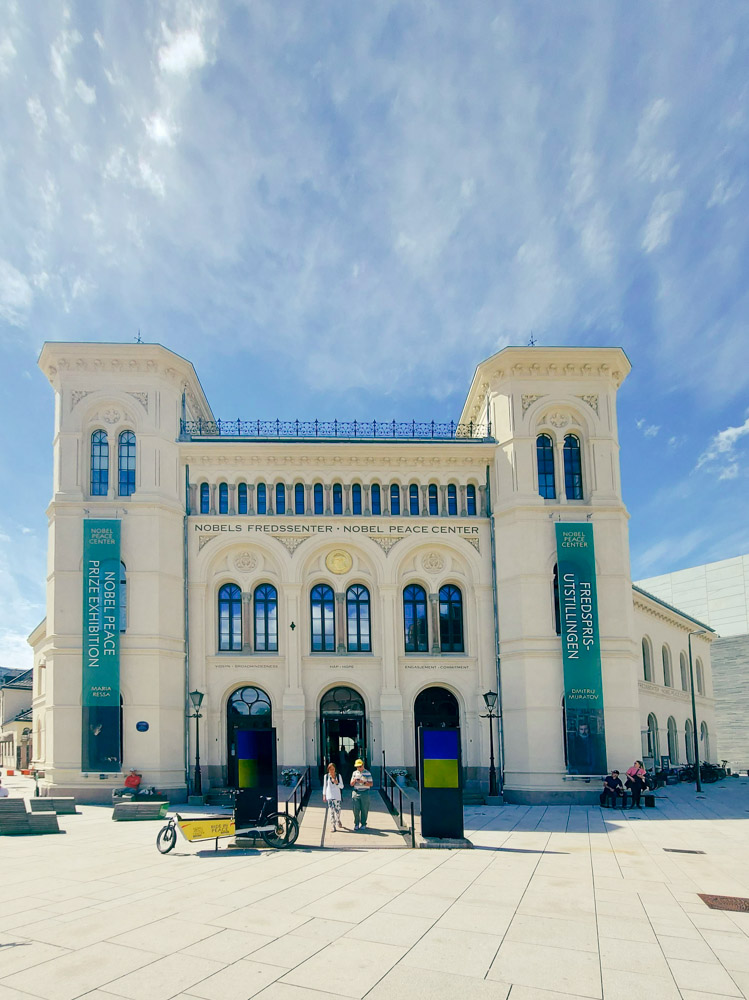
The Oslo Pass is a great way to save money if you are wanting to explore some of the paid attractions in Oslo. The pass grants access to lots of museums and attractions as well as free public transport for the duration of the pass. The Oslo Pass costs 445 kr (approximately £33 or €38) for one 24 hour ticket. 48 hour and 72 hour tickets are also available for 655 kr (approximately £49 or €56) and 820 kr (approximately £62 or €70) respectively. Discounts are available for children, seniors and students.
The pass includes entry to the Norwegian Folk Museum, Natural History Museum, Resistance Museum and Akershus Castle which were all previously mentioned in the post. Plus entry to the Edvard Munch Museum, Kon-Tiki Museum and National Museum. The pass also provides discounts to selected restaurants and experiences.
You can buy the pass by downloading the Oslo Pass app or in person at the Oslo Visitor Centre.
Visit for a long weekend
One final tip for visiting Oslo on a budget – is to simply not stay for too long. Accommodation is likely to be your biggest expense so limit yourself to two or three nights. Oslo is a fantastic destination for a city break over a long weekend. It might be quite an intense weekend but you can definitely squeeze a lot in in a weekend in Oslo.
More Oslo Travel Tips
Oslo, Norway is a great city to visit for a long weekend. There is lot to squeeze into 48 hours so here is the perfect itinerary to see all the top sights in just 2 days in Oslo. This itinerary is roughly…
What is the Oslo Pass? The Oslo Pass is a ticket that grants you entry to lots of museums and attractions around Oslo. It also provides free public transport and discount at selected restaurants and activities. You can buy the pass at…

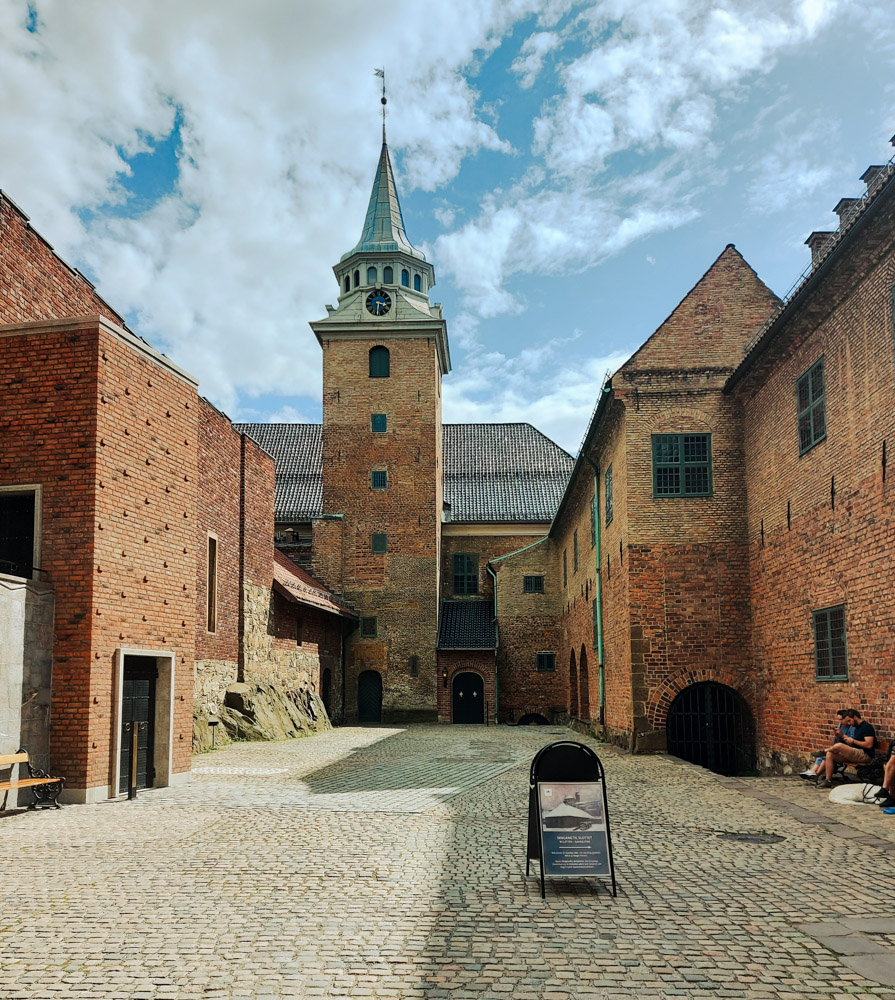
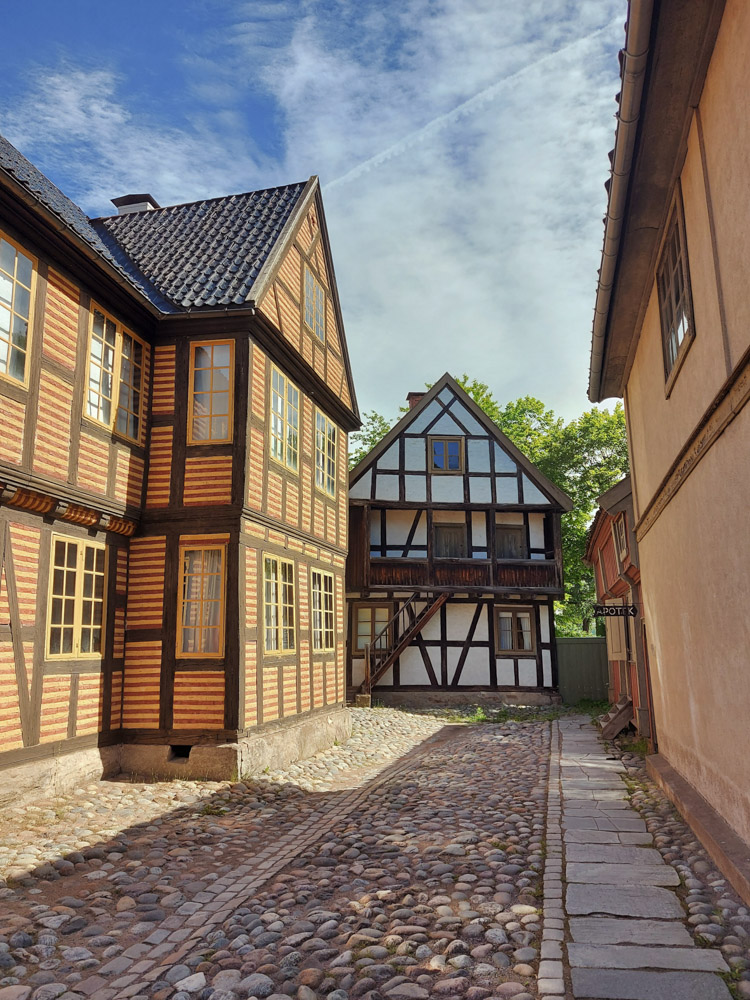
2 thoughts on “Free Things to do in Oslo, Norway”